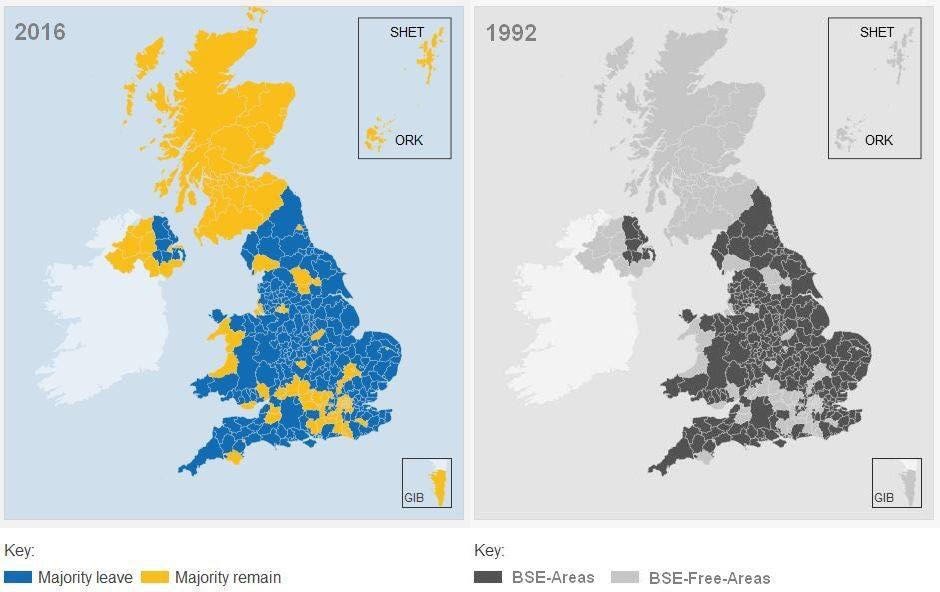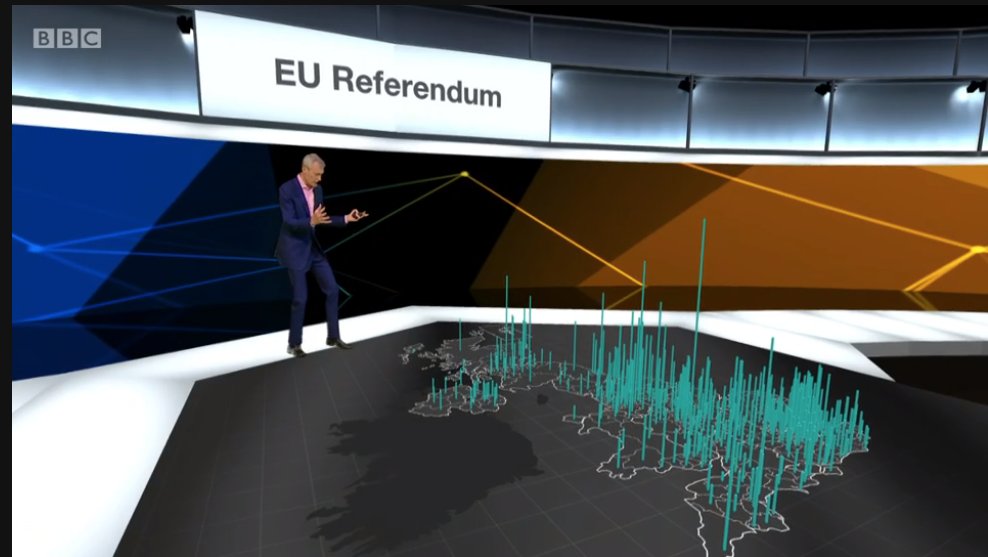Dark and full of terrors
Two items from the Herald this week:
70-year-old licked by dog nearly dies from blood poisoning
One paracetamol in pregnancy could raise risk of autism
There has long been an argument over whether the daily news reports should show more good news (that isn’t sports). Supporters of the status quo argue that the bad news is the important news. That might be true for wars and rumors of war, but it isn’t true in stories fishing for a scary health problem.
The dog story reported a cause of sepsis that has been diagnosed about once every two years in the UK over the past quarter-century. Since there are about 30,000 cases of sepsis per year in the UK, that’s 0.00% of cases, to two decimal places. It wouldn’t be surprising if the health benefits of having a dog were larger than this, and it’s pretty clear the benefits in happiness are.
The paracetamol story is the other sort of unnecessary health scare: something that probably isn’t true and certainly isn’t supported by enough evidence for a public-health warning. Since paracetamol has nothing to recommend it as a recreational drug, women who take it during pregnancy are probably doing so for a good reason, and it’s going to be hard to distinguish the effects of that reason from those of the drug.
In fact, the study (Table 2)found that mothers who took paracetamol during pregnancy had slightly lower risk of autism-spectrum symptoms in their children than those who didn’t. However, the mothers who took paracetamol looked as if they should have already have been at lower risk than those who didn’t. When the researchers attempted to control for this, there was basically the same risk of autism-spectrum symptoms in the children of those who took paracetamol as those who didn’t.
However, the basically-no-difference could be separated out into a higher level of symptoms in boys and a lower level in girls, by a bit more than half a point on a scale where 15 points is the threshold for likely autism. This got reported in the story as
There was also a link with paracetamol and signs of autism – but only in boys.
And the “One paracetamol” headline? There was absolutely no analysis in the paper comparing ‘one paracetamol’ to no paracetamol.


Recent comments